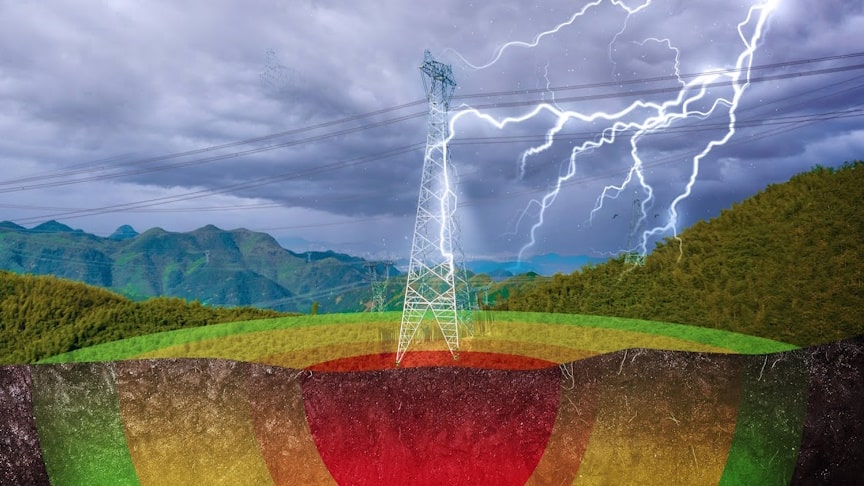Current doesn’t flow to the ground; it flows through the ground and back up. If there is electricity moving into the ground from an energized conductor, go back to the source of that conductor and see what’s happening.
source.image: Practical Engineering
For the grid, it’s probably a transformer or electrical generator, in either case, a simple coil of wire. And, the electrical current flowing out of the coil has to be equal to the electrical current flowing into it, whether that current is coming from one of the other phases, a neutral line, or an electrode buried in the ground.Watch the video from Practical Engineering:
Ground is not where electricity goes, it’s just a term for zero potential. The earth has an inexhaustible supply of electrons and holes. So many that you can’t change it’s charge because it is just too big. Any other potential whether positive or negative will create flow to or from ground. The flow of electrons is what we call “electricity”.
Advertisement
A positive charge means there are fewer electrons than protons. A circuit to ground will draw electrons from the ground to eliminate the difference. A negative charge means there are more electrons than protons. A circuit to ground will shed the electrons to ground to eliminate the difference. In either case you are simply distributing the difference evenly to everything: electricity is just the flow of electrons to achieve equilibrium.











